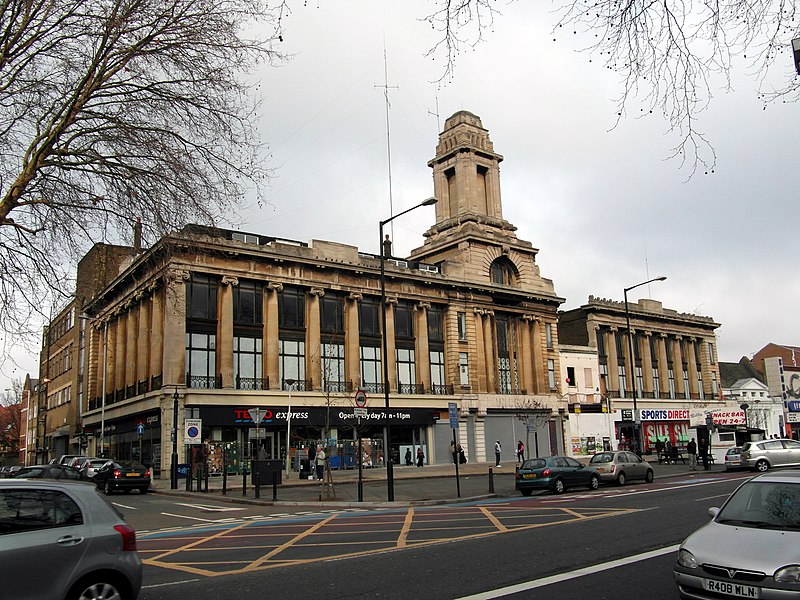Inspired by James McKee’s Trinity Hall prime, physics researcher Gilles Esposito-Farese (of the self-descriptive pangram) has worked out that this 2,258-digit prime number:
53084469288402965415857953902888840109250315594591772197851275320
59910735745658243457138160802170063601085186072703319516241231606
86858731799078163479147444957979157038109676507221794134810159187
99946828292780972255445123198357952762990102770564813212521111380
68349356142222060588948481473772481328151681322128358047354205784
70540373426870045719371801557904317944239925854314103160489406736
99060594293236420918525997085793619098456109204165164418661475892
01109662597018777150106134376006906212249382614768188594613749419
81773446881694503562852062669737115544391406458301430146238093071
02894114746014041621168186006763973309046545159248106457826024237
26295585692705999572335711556642484343647905815411003310539537633
41950800883057333667657184487306007957156203546941504909814030908
34965188540308705963440466656812927154037805823279990648845960204
63331562527077555356154644447566217362506777244670808476000607805
03811498534406491478259767678703610171309197408223291080531370612
62650405840051780819121599354652788179742394248611555080762986718
96826790066089904275315943211982421764246751417927128802586925712
27099955857542532516878558368313422620050604202219808465512659996
23064148740328947837353070554937134618609926277437895029980245174
01474719468068984349536087237870814923058804265001775440222136692
19497268319149971553957338283899722324260346170316327132892172432
93414823219221781561202067498414863282586486396494894086735311984
87542808513750059732993808185407922249214024344950525276107816857
04707717662079906664246810240363777462148167179131661698526525933
27455038156208677911356439404008565505518270407112444336214476635
90179341953108431111005767617305509479336875319574363889314007557
80075653313610206913250864729950372237487765836958630210102788727
36316538995288936776915812144955490067485142591851239438281782980
49266403870939263057525714093639423600887115586024837895236645603
39309565092104096166270212323904043359754209734891624081548291170
80360665817900770688282037236785560524155682291636091743772117655
59023604955032646389401878907537621901104165756011023874877122701
96250964612099585830958920626319449976949804992786372992220222097
60635584717392117583345925369515540556572166535535975903825177497
033726681165539444448225642477607711558401523711
renders these 7,500 digits in binary:

This is a 30,000-digit prime:

And this is self-explanatory:

(Thanks, Gilles.)







